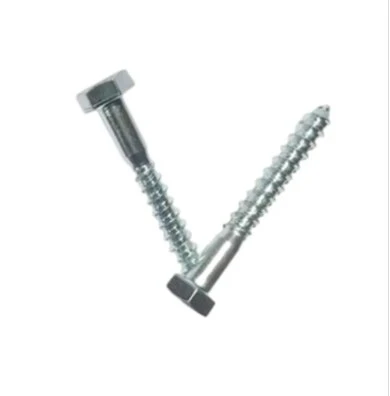Dec . 26, 2024 11:06 Back to list
Choosing the Right Screws for Installing Wall Cabinets Safely and Securely
Choosing the Right Type of Screw for Hanging Cabinets
When it comes to hanging cabinets in your kitchen, bathroom, or any other space, one of the crucial aspects of the installation process is choosing the right type of screw. The right screw ensures that your cabinets remain securely attached to the wall, preventing any potential accidents or damage to your belongings. In this article, we will discuss the various types of screws that are suitable for hanging cabinets, factors to consider, and best practices for installation.
Types of Screws for Hanging Cabinets
1. Wood Screws If you are attaching cabinets to wooden studs, wood screws are a great choice. They are designed to hold well in wood due to their tapered shape and sharp threads, which provide a secure grip in the material. Typically, 2.5-3-inch wood screws are recommended for hanging cabinets, depending on the thickness of the cabinet and the wood they are attached to.
2. Drywall Screws In situations where you don’t have access to a stud but still need to secure a cabinet to drywall, drywall screws can be used. However, it's important to note that drywall alone won't support the weight of hanging cabinets. Whenever possible, you should always attempt to locate and anchor your screws into the studs behind the drywall for maximum strength.
3. Lag Screws For heavier cabinets, lag screws provide a robust solution. These screws are thicker and longer, providing more holding power. Lag screws typically require pre-drilling a hole for installation, but they are ideal for mounting heavy cabinets securely. Ensure to use lag shields or toggle bolts if you're mounting them into drywall, especially if the cabinets will hold a significant amount of weight.
4. Self-Drilling Screws These screws are particularly helpful when you need to attach cabinets to metal studs or framework. They eliminate the need for pre-drilling, making installation faster and easier. However, be sure to choose the correct length and gauge to securely hold the cabinet in place.
5. Cabinet Hanging Screws Specifically designed for hanging cabinets, these screws usually come with a built-in washer that helps distribute the load across a larger surface area, preventing damage to the cabinet's back. They are especially useful for bypassing drywall if installed directly into the studs.
Factors to Consider
When selecting the appropriate screws for hanging cabinets, keep the following factors in mind
- Weight of the Cabinets Heavier cabinets require screws that have a higher load capacity. This is particularly important if you plan to store dishes, food, or other heavy items.
what type of screw to use for hanging cabinets

- Type of Wall Material Knowing the material of your wall can help inform your decision. For wooden walls, wood screws are more suitable, whereas for a metal framework or drywall, consider lag screws or self-drilling screws.
- Cabinet Design The back of the cabinets will typically have specific mounting points. Ensure the screws you choose are compatible with these points to facilitate proper installation.
- Environment If the cabinets are being installed in a high-moisture area, like a bathroom, consider using corrosion-resistant screws or those made of stainless steel or coated to prevent rust.
Best Practices for Installation
1. Find the Studs Always aim to attach your cabinets directly to the wall studs. Use a stud finder to locate the nearest studs to ensure a secure anchor for your screws.
2. Pre-Drill When using lag screws or wood screws, it is often a good idea to pre-drill holes to prevent splitting the wood. This also helps with proper alignment during installation.
3. Leveling Before securing, use a level to ensure your cabinets are evenly hung. This will prevent any tilting and help maintain uniform spacing between cabinets.
4. Use Washers When using screws with larger heads, consider adding washers to help distribute the load and prevent the head from embedding into the material of the cabinet.
5. Tightening Avoid overtightening screws, as this can crack the wood or damage the cabinet's finish. Tighten just enough to create a solid hold.
Conclusion
Selecting the right screws for hanging cabinets is essential for ensuring a safe and secure installation. By considering the weight of the cabinets, the type of wall material, and the various types of screws available, you can make an informed decision that will lead to a successful project. Follow best practices during installation to achieve a professional finish that will last for years to come. Happy renovating!


